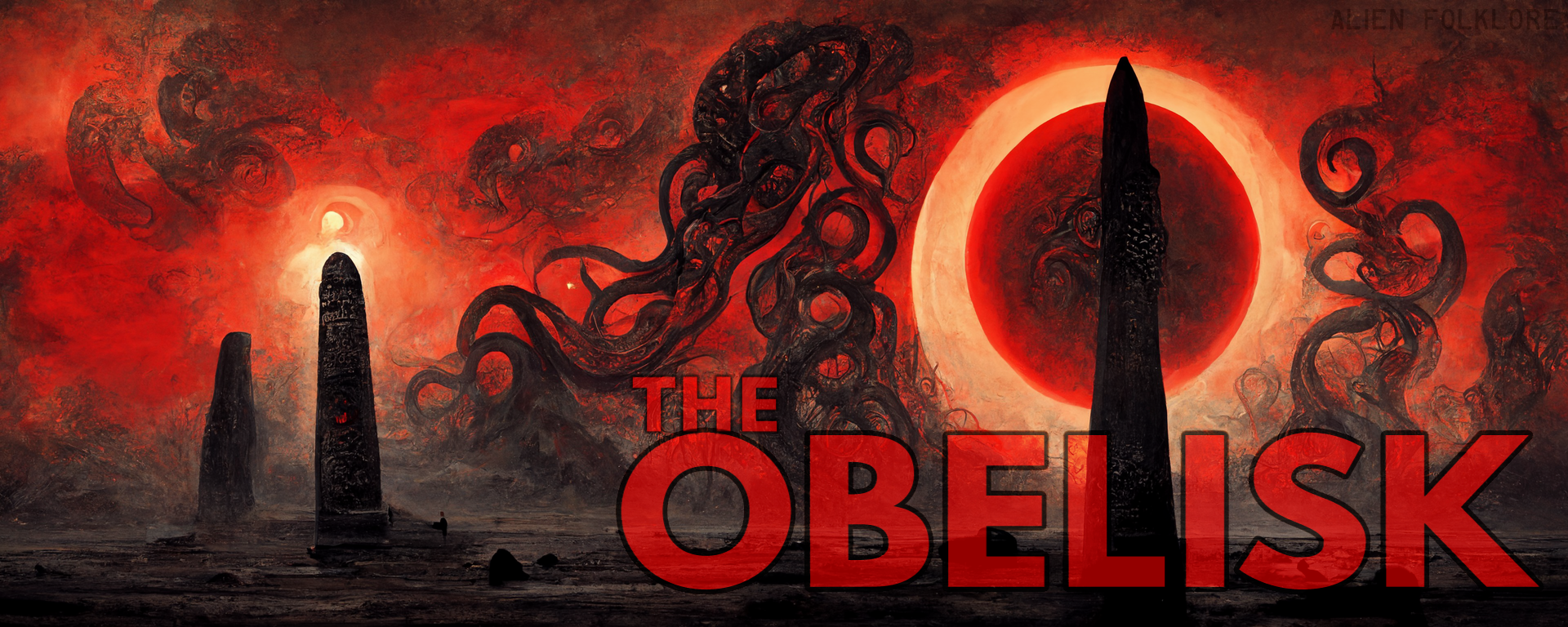Friday Full-Length: Black Sabbath, Live in Asbury Park, NJ, Aug. 5, 1975
Posted in Bootleg Theater on May 4th, 2018 by JJ KoczanBlack Sabbath, Convention Hall, Asbury Park, 1975
In the annals of Black Sabbath bootlegdom, there are two unofficial documents of the original-lineup era that stand above the rest as utterly essential for their sound quality and the band’s performance. One is Paris 1970 (discussed here), and the other is this recording from Aug. 5, 1975, from Asbury Park, New Jersey. The show was at Convention Hall, right on the Boardwalk of the beach town, and the band were in the US promoting the yet-to-be-released Sabotage, and as one can hear in the renditions of “Hole in the Sky,” “War Pigs,” “Spiral Architect” and on and on, the band was pure stoned fire. Captured at what I’d gladly argue was his peak as an actual singer, if not as a frontman, vocalist Ozzy Osbourne engages the crowd and nails each song, even if he flubs the lyrics here and there, as on “Symptom of the Universe” early in the 100-minute set. With solos from guitarist Tony Iommi and drummer Bill Ward — sadly nothing from the bass; it would be amazing to have a Geezer Butler solo captured in such fidelity — the band is both vibrant and poised, and whether they’re ripping into “Supernaut” or jamming out an early version of what would become “Rock ‘n’ Roll Doctor” on 1976’s Technical Ecstasy, Black Sabbath absolutely laid waste to Asbury Park (it would take the shore town decades to recover) and, seemingly, everyone in the vicinity. As Ozzy says at the beginning of “Hole in the Sky”: “Are you high?” Cheers. “Are you HIGH???” Louder cheers. “So am I.”
I won’t doubt the veracity of that claim, which is to say, he probably was high. Black Sabbath‘s adventures in weed, cocaine, booze, etc., are well documented, and as they were about to release their sixth album, they were about to enter the period in which that excess of excess would begin to take its toll, eventually leading to the split with Osbourne and a collaboration with then-Rainbow vocalist Ronnie James Dio. Of course, they would put out Technical Ecstasy and 1978’s Never Say Die before that happened, and both of those albums certainly have their moments, but there’s a reason the t-shirt says you can only trust yourself and the first six Black Sabbath records, and it seems that no small part of that reason is because by the time they were six and then eight years removed from their genre-defining 1970 self-titled debut, they were fried on multiple levels. “Are you high?” Cheers. “So am I.”
That of course is just one example of choice banter from Ozzy throughout. He talks about the “new album” a lot, tells the crowd he loves them multiple times, and at the end of the set, says on behalf of himself and the band behind that the New Jersey crowd is, “a good bunch of people.” It’s the kind of thing that would rare make it onto an official live release, since it so directly ties it to the place and the specific date, but in hearing it some 43 years after the fact, it brings the listener that much more into the moment of what was happening that night, at that time, at that particular gig. And that’s the thing about the Convention Hall show. It was a stop on the tour. They’d have another show the night after and/or the night after that. This could’ve been Black Sabbath any other day of the week, and they’re utterly lethal. Even the slow-rolling beginning section of “Megalomania” sees them dominating.
There are various stories about this show. One that it was a radio broadcast. Another that it was recorded and intended for release as a live album that was subsequently shelved. I don’t know how true any of that is or isn’t — neither is outside the realm of possibility; it’s not like the rumor is it was actually recorded by time travelers who wanted to do the future a favor and record the best show the band ever played — but I know that this set is just as essential as any official live record Sabbath ever put out, if not more so, and that it demonstrates the power in Black Sabbath‘s delivery at the time. They were dead on.
I’ve been a bootleg nerd for a while and have amassed a decent Sabbath collection at this point, but if you have a favorite you’d like to campaign for — I hear good things about London ’78, and of course there’s the 1974 California Jam — please feel free to let fly in the comments. In the meantime, as always, I hope you enjoy. How could you not?
—
I don’t know how many typos there are in the section above, but I was falling asleep pretty hard for a little bit while putting it together, so I’m sure there are some. I’ll try to read it over in the next day or so and make copy fixes. Sometimes that kind of thing happens when you start writing at five in the morning, even with a decent amount of coffee in your system.
This weekend is Desertfest in London and Berlin. If you’re going, I hope you have a great time. I’ll actually be in the UK from May 13-23, which is just a week late to catch the festival. Timing is everything. I’m planning on seeing Elephant Tree though while I’m in town at The Black Heart. That will be fun. Fingers crossed for a new song or two in the set.
Feels like the bulk of this week was still Roadburn recovery, but actually most of it was baby time. The weather in New England has turned from shit-miserable to less-shit-miserable — Spring has sprung! — so I’ve been able to take The Pecan out for walks and that kind of thing. He’s sitting up and proto-crawling, but not standing yet at all. We’ve started him on solid foods, puffs and the like. Obviously I regret not starting my “Doomestic Living” blog when he was born. I’d basically have to give this up though to do it right and clearly that’s not something I’m prepared to do.
My therapist this week told me I should write about my experience with having an eating disorder. That’d be a fun one. I’d like to do that. Don’t really have the time, aside from the odd mention here of starving myself or, alternately, not, and being miserable about one or the other or both. Front to back I’m pretty wretched either way.
To wit: my wife and I were talking about this or that old busted appliance the other day, and I said something about, “weighs 300 pounds and doesn’t work,” waited a second and then added, “I can relate.”
(pause for laughter)
As I’m flying to London next Saturday, I’ve of course packed as much into the coming week as possible. I’m not sure yet what my days will be like in the UK, but of course I’ll do as much as I can when I can. In the meantime, here’s what’s coming up as of now, subject to change of course:
Mon.: Dee Calhoun review.
Tue.: Tunguska Mammoth review/stream.
Wed.: Abramis Brama review; Big Kizz video premiere.
Thu.: Drug Cult review/video premiere.
Fri.: Mos Generator album stream.
Alright, y’all. I’m gonna check out. I’ve got work to do over the weekend, so I’ll be around. Would be nice to catch up on email and Facebook messages, but at this point that feels like a longer-term project. Way, way behind, as usual.
Have a great and safe weekend. Enjoy the Sabbath, have fun, be safe, and eat some ice cream. I’ll see you back here Monday for another onslaught of riffy whatnot.
Please check out the forum and radio stream.






